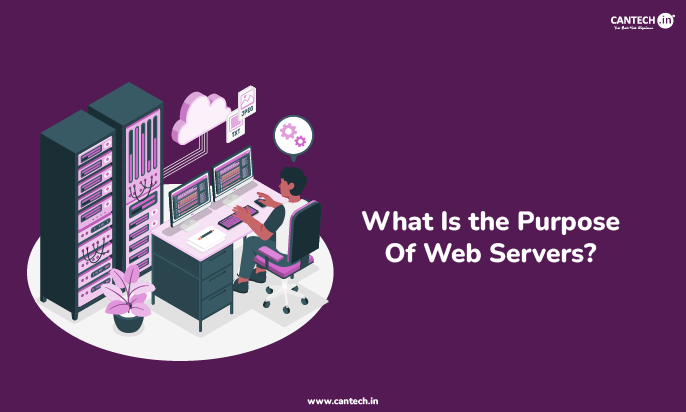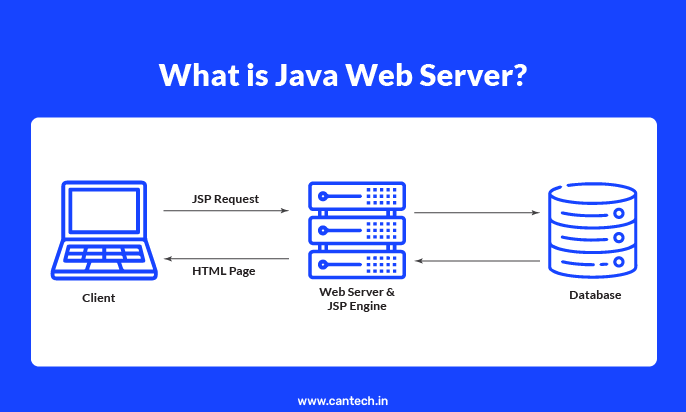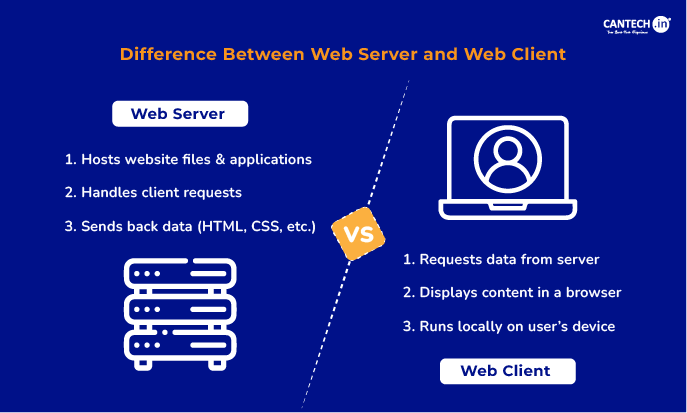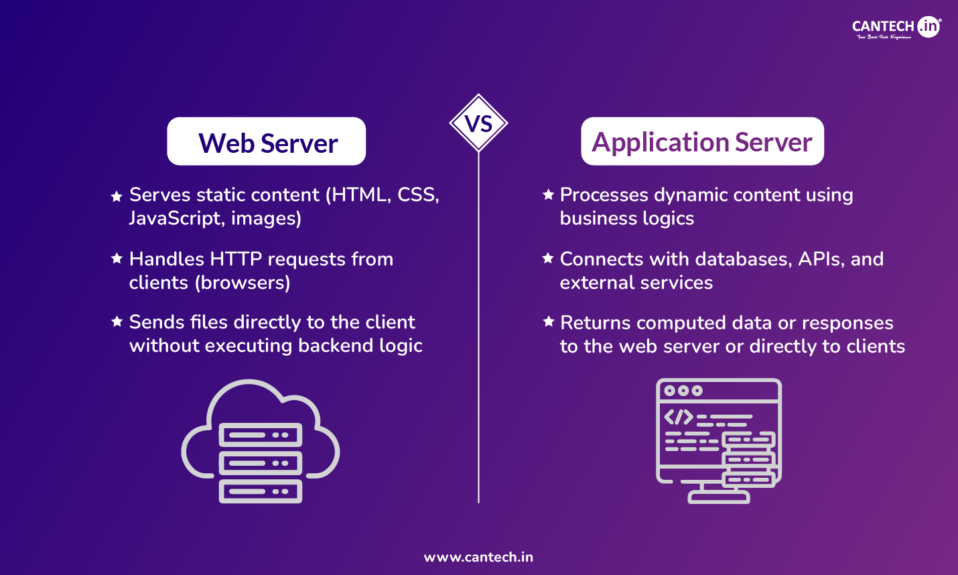Have you ever faced performance issues, slow loading times, or complete server failure?
Such issues can be faced when the server experiences too much load, excessive traffic or poorly optimized code. The only solution is to utilize load balancing.
Businesses develop web applications with high-end features that can capture customer attention offering great performance. For its effective functioning, it is vital to balance the user demands.
Moreover, by balancing the traffic between multiple servers, it helps improve the performance, eliminates the chances of system failure and increases resource utilization.
In this tutorial, we will delve through the concept of load balancing, its types, algorithms and benefits. Whether you’re managing a small application or huge websites, load balancing assists in its effective management.
What is Load Balancing?
In layman language, load balancing is the process of eliminating the incoming network traffic within a group of servers. Here, the load balancer divides the traffic equally among other servers instead of a single server, ensuring that there is no load on a single server.
For example, you have a salon with only a single hair dresser. Of course you will be able to offer a slow service or even the customers may walk out. But by having more staff at the same time, you will be able to serve more customers ensuring better service leaving them more satisfied.
Hence, this is what load balancing does for your website or application in case of heavy traffic or peak hours making everything more streamlined.
Importance of Load Balancing
The importance of load balancing cannot be overlooked. Let’s explore some of the top reasons!
Highly Scalable: With growing demands and increasing user base, load balancing facilitates an easy addition of new servers to manage the increasing traffic without affecting the performance of your store.
Easy Availability: There are chances that one of the servers fails. In such a case, the load balancer can divert the traffic to the other active servers, hence keeping the application running flawlessly.
Top Performance: Load balancer helps in distributing the network traffic, hence eliminating the server response time and helps in managing traffic on a single server.
Enhanced User Experience: By proper utilization of load balancer, the users can expect improved performance and less downtime errors.
Why Opt for Apache Web Server for Load Balancing?
Apache web server offers robust load-balancing capabilities, flexibility and is the go-to choice for many. Let’s explore some of the top reasons!
Easy Integration: Apache works well with varied web technologies like PHP, MySQL and other content management systems.
Open-Source & Free: Seek advantage of a wide community with no licensing fees and facilitates easy updates and changes.
Modular Architecture: Apache uses an extensible and modular system making it easier to utilize the features as required like mod_proxy and mod_proxy_balancer.
Flexible Configuration: Apache provides highly customizable files making it easier for developers to make modifications depending on the requirements.
Cross-Platform Support: It is highly compatible across all platforms like Windows, Linux, macOS, and many more.
Types of Load Balancing
There are different types of load balancing depending on the layer of the network stack and where the load balancer operates. The two types of load balancing are as follows:
Layer 4 Load Balancing
The transport layer load balancing works on the information obtained from IP addresses or TCP/UDP ports. It is best suited for TCP based applications like FTP or SMTP. Additionally, it is fast, light in weight and offers less flexibility.
Layer 7 Load Balancing
In the application layer, the decisions are taken depending on the application-level data like HTTP, header, cookies and URL. The layer 7 load balancing possesses advanced routing abilities, more flexibility and are ideal for applications that require taking decisions based on the context.
Load Balancing Algorithms
Depending on the chosen method, the traffic is shared between various backend servers. Let’s take a look at them!
Round Robin
Round Robin is one of the most simple algorithms where the traffic will be distributed between each server successively. For example, request 1 is sent to server A, request 2 is moved to server B and request 3 to server C, then the similar process is repeated again. In this method, all the servers have similar capabilities and load is distributed equally.
Least Connection
The name itself signifies that the traffic is requested to the server with less active connections. It is a more widely used method than the round robin method and is helpful when overloaded servers receive more requests than they can handle.
Hashing
The hashing method leverages the client’s IP address to determine the server to which the request needs to be sent. For instance, you can say that the load balancer determines the incoming requests and distributes the traffic accordingly depending on the IP address, port number, domain name or URL.
Advantages of Load Balancing
Load balancing offers many significant benefits along with traffic distribution. Let’s take a look at them!
High Availability
Suppose, you are having multiple servers working at a time. If a certain web server fails, you might have another server to reroute traffic and thus offer prompt service.
Errors & Outages
Sometimes a web server faces certain downtime issues or the entire system fails. The load balancer will automatically remove the failed web server from the rotation and start again once it is recovered.
Highly Scalable
One can scale up with the growing demand based on the requirements. You can easily add web servers and scale your website without affecting the entire server environment.
Conclusion
Load balancing plays a critical role in any stable, scalable and high-performing web architecture. Apache Web Server’s modular and open-source architecture presents a powerful yet reasonable way to implement effective load balanced methods.
From simple round-robin configurations to intelligent application aware routing, Apache’s capabilities make it an optimal choice for organizations looking to improve the performance and availability of their web applications.
Also Read:
How to Install Apache Web Server on Ubuntu 24.04?
How to Install Apache Webserver on Debian 12?
Frequently Asked Questions
1. What does Apache web server load balancing mean?
Apache web server load balancing refers to the number of incoming requests HTTP/HTTPS across a number of servers. It uses mod_proxy and mod_proxy_balancer to manage load balancing. It helps improve response time, performance and user experience.
2. Can Apache Load Balancing handle large applications?
Yes, Apache allows load balancing for many large websites and applications. However, you can even use a dedicated load balancer like HAProxy or NGINX.
3. Is it easy to monitor and manage Apache load balancer?
Yes, Apache supports using the Balancer Manager that offers a way to keep track of backend servers and thus check traffic distribution accordingly.






